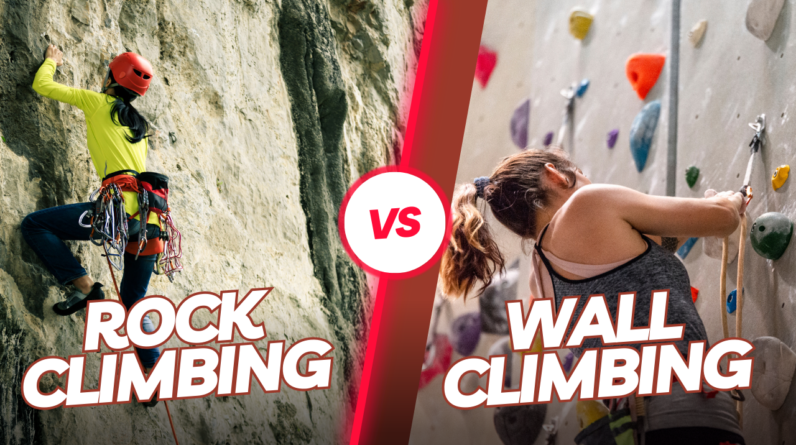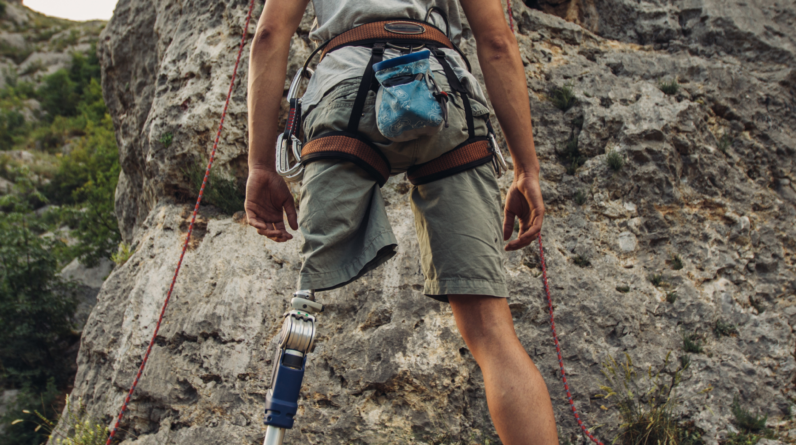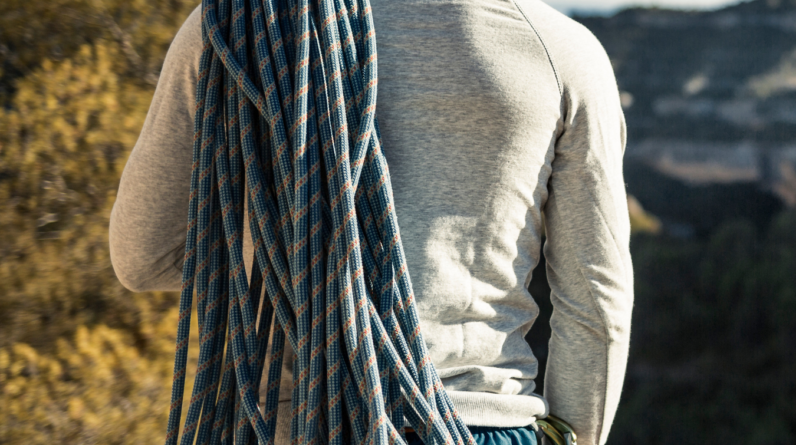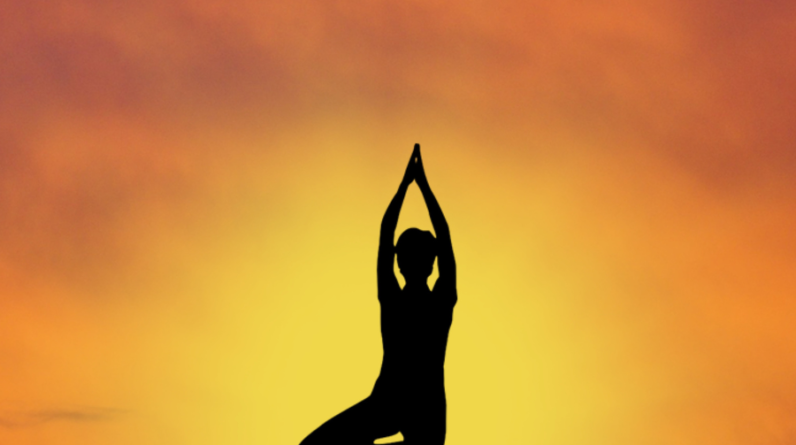
Introduction to Projecting in Bouldering
Today, we’re breaking down one of the most important climbing sessions for boulder climbers: projecting. For those unfamiliar with the term, projecting is when you work on a boulder problem or route with the goal of eventually sending it, often over multiple sessions.
Our structure for the day will be to tackle three to four different boulders, spending 20 to 30 minutes on each one with long rests in between. The purpose of this session is to push ourselves to the top end of our strength range and practice recruitment of our muscle fibers. Projecting also allows us to try hard for longer periods of time and work on tactics such as resting enough between attempts, talking through each move, and asking ourselves questions to figure out the most efficient way to complete the boulder.
One pro tip for projecting is to bring a climbing partner to brush the holds for you – it can make a big difference in the grip and friction on your hands. Aiden, who is a bit stronger than me and has six days on this particular boulder, is leading the way for our session today. However, I’m still able to keep up on some of the problems thanks to his helpful advice and my own determination to improve.
The Importance of Communication
In addition to working on our physical strength and problem-solving skills, projecting is also an excellent opportunity to learn from each other. Aiden and I take turns spotting each other and offering feedback on technique. We also make a point to switch up our starting holds and try the problem from different angles to see what works best for us.
One of the boulders we’re tackling today is a yellow one with some throw moves into a shoulder. It looks a bit intimidating at first, but with some careful planning and strong effort, I’m able to complete several moves before falling off. Aiden also gives it a go and shows me a few different ways to approach the problem.
Another pro of projecting is the opportunity to learn and practice tactics that can be useful when climbing outside. For example, we’re working on hangboarding today to build up our grip strength and endurance. This is a tactic that can be especially helpful when projecting on real rock, where the holds may be smaller and more strenuous on the fingers.
As the session goes on, we switch between boulders and work on both session limit problems (those that we can hopefully complete in a single session with a lot of effort) and multi-session problems (those that will likely take more than one session to send). No matter what level we’re at, the most important thing is to have fun and keep learning from each other.
Embrace the Challenge of Projecting
In the end, projecting is all about pushing ourselves to the limit and trying hard, no matter how many times we fall off. It’s a great way to improve our strength, technique, and problem-solving skills, and have a blast while doing it. If you’re looking to add some variety to your climbing routine, give projecting a try – you might just surprise yourself with what you’re capable of.






